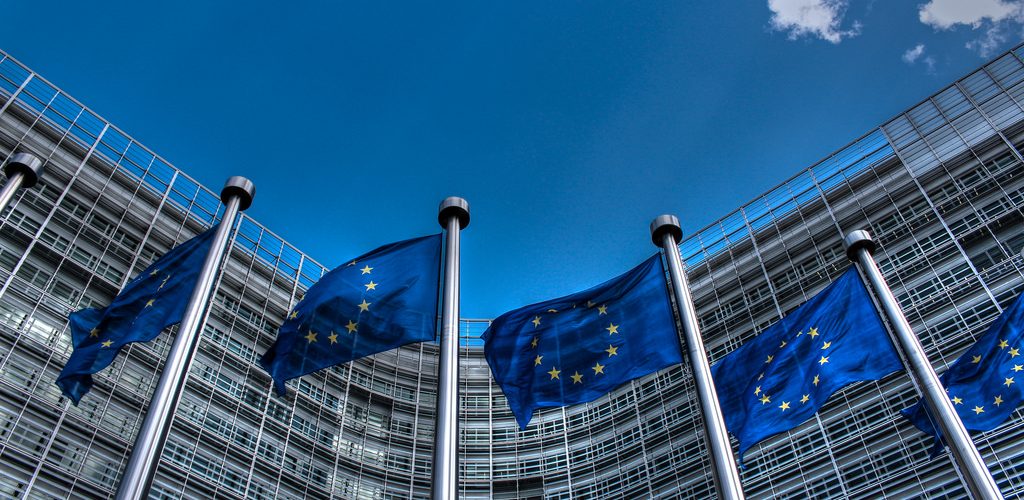How is the EU budget financed?
The EU’s expenditure is financed by revenue from different sources:
- own resources
- surplus EU revenue – what remains after payments from the previous year
- other sources: mainly fines on companies infringing EU competition law, refunds and taxes on salaries
The EU’s own resources make up most of the EU’s revenue.
There are currently four own resources for the EU budget:
- traditional own resources: mainly customs duties and sugar levies
- value-added tax (VAT) based contributions from member states
- gross national income (GNI) based contributions from member states, which are adjusted to balance revenue and expenditure
- national contributions based on the amount of non-recycled plastic packaging waste generated by a member state
The share of the different EU sources of revenue varies slightly from year to year, with the gross national income own resource remaining the main source for financing the EU budget.
The Council decides the maximum amount of own resources and their types at the same time as the limits for expenditure within the multiannual financial framework.
Once they have been agreed, these resources are automatically directed to the EU budget, without the need for any further decision by the national authorities.
Some countries receive reimbursements – or rebates – that serve to reduce the difference between what they pay into the EU budget and what they receive from it.
New own resources for the budget
Since 2018 the EU has been working on proposals to modernise the revenue system for the EU budget. In the aftermath of the COVID-19 crisis, the Council, the European Parliament and the Commission agreed on a roadmap to introduce new own resources to ensure the repayment of the EU recovery plan.
The plastics-based own resource has been introduced as a new revenue for the budget as from 1 January 2021.
In December 2021, the Commission proposed an amendment of the own resources decision to introduce a package of three new sources of revenue, known as the “first basket” of new own resources:
- the carbon border adjustment mechanism (CBAM)
- the revised EU Emissions Trading System (ETS) and
- an own resource based on the reallocated profits of very large multinational companies
Discussions on the three new own resources mentioned above are still ongoing.
The Commission announced it would propose additional new own resources by the end of 2023, which will constitute a “second basket” of new own resources.
Source consolium.europa.eu















